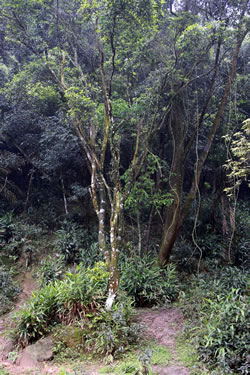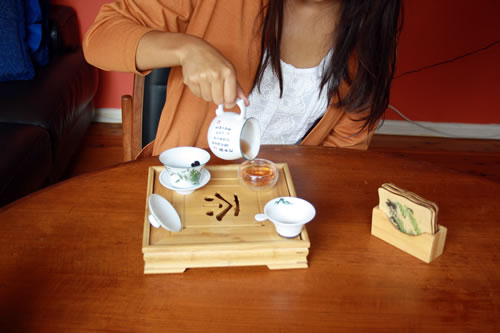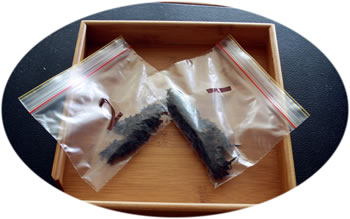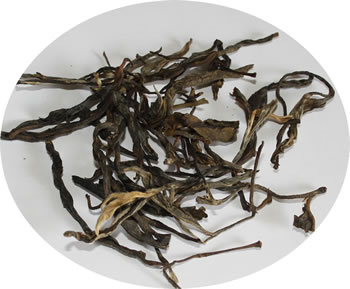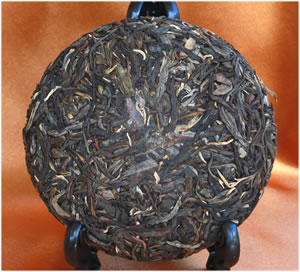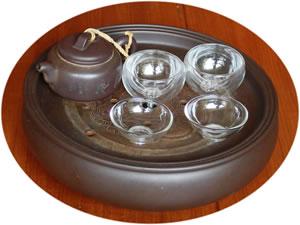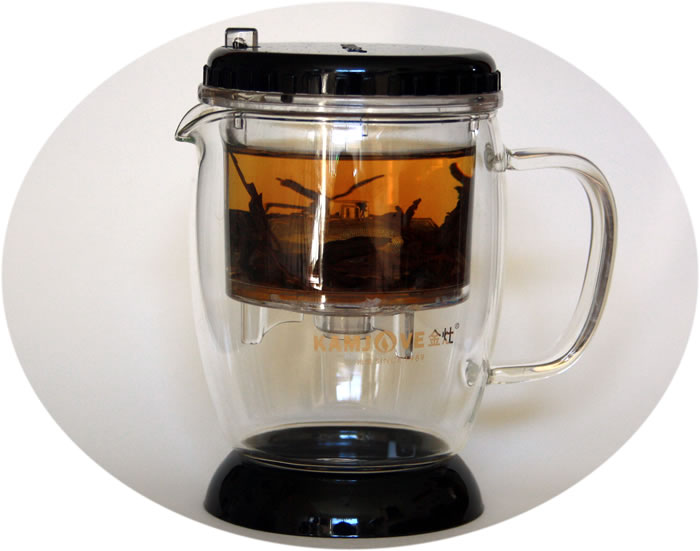Is this the turning point of Pu-erh price
Is now the turning point of Pu-erh (unrealistic) price
 Many tea consumers have been flabbergasted by the price tags of certain Pu-erh teas during the recent years.
Many tea consumers have been flabbergasted by the price tags of certain Pu-erh teas during the recent years.
The dynamic in the Pu-erh’s production and consumption has also shifted during this period and a storm is brewing.
Following are some of changes that have occurred.
The increase of the production
The production of Pu-erh teas has been expending significantly during the last 30 years or so, fueled by the increase in the interest and demand.
It is reported that 50.8 tons of Pu-eh tea was produced in Yunnan in 2010, this increases to 162 tons by 2020. Unparallel to the consumption increase, many tea merchants have stockpiled their teas in the warehouses based on this believe and expectation: ‘sale whatever can be sold and the leftover will increase in value with time’.
This believe is based on:
- the fact that he more a Pu-erh tea (provided it is a good quality tea) is aged the better the quality
- the price surge of certain aged Pu-erh teas during the end of last century and early this century
The current decline of the disposable income
China is currently going through an economic down turn. Many have expected the economic to bounce back post-Covid and the recovery is not near as robust as expected. The unemployment rate is high and still climbing and the ones with jobs are having their pays cut. With the fast shrinking disposable income, following phenomenon are observed:
- Pu-erh consumers start buying cheaper, more realistically priced Pu-erh teas,
- many Pu-erh consumers have their own stockpiles of Pu-erh teas at home for the purpose of buying new at the relatively lower prices to age ( to avoid buying expensive aged ones later). When the budget is tight, they turn to these stockpiles to avoid buying.
The sharp drop in sales of the Pu-erh market and the desperate need for cash
The Pu-erh market in China is experiencing an unprecedent drop in sales - a bust of a Pu-erh bubble if you like. The shops are empty and many are closing down. The still operating small and medium tea merchants are desperate for cash to keep the businesses afloat.
One of the Pu-erh commentators summed up as such: Pu-erh was like gold when the demand was high and the supplies were limited; the stockpiles of the cakes now are not more than money on paper, or local produce just as how the Pu-erh tea started.
The current state and the future
The current state of the Pu-erh market in China is that the demand for good quality Pu-erh, such as the Gu-Shu Pu-erh from the quality regions/hills is still high. The supplies of other teas have definitely exceeded the market buying capacity.
Whether this will result in a complete Pu-erh tea price crush depends on many factors. The outlook is however not looking bright.


